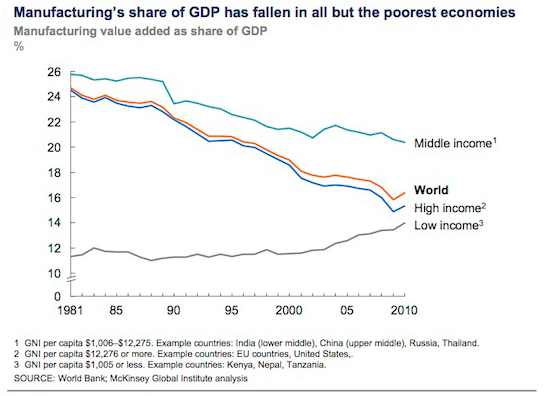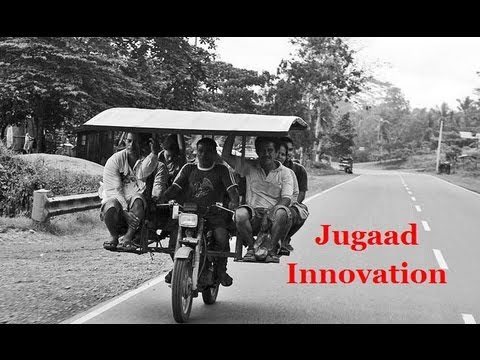Where is Indian design going?
 First published in Blueprint, May 2016
First published in Blueprint, May 2016On 17 February 2016 in Mumbai, after a two-year gap, the India Design Forum (IDF) holds its third conference. Rajshree Pathy, head of Rajshree Sugars and Chemicals and co-founder, with her daughter, of the IDF, manages to pack hundreds of attentive designers into a vast pavilion. The pavilion is one of 10 in which Indian exhibitors meet foreign investors to cut new deals or relentlessly confirm old ones.
The IDF conference is all part of prime minister Narendra Modi’s Make In India week. Modi wants manufacturing to move up from making just 17 per cent of India’s GDP, where it’s been hovering for five years, to 25 per cent.
That’s a tough call. India’s annual Gross National Income per head is strictly on the lower end of the $1000-12000 range found across ‘middle-income’ countries. But only in countries where annual GNIs per head are less than $1000 – Kenya, Tanzania – has manufacturing risen up to take a growing share of GDP:

Despite India’s rush to services, its product designers have in recent years done some tremendous work. Satyendra Pakhalé, founder of SPA Amsterdam, shows gorgeous chairs for Italy’s Cappellini and Poltrona Frau. In my own speech, I highlight the radical, confident innovations of Ramesh Annapindi’s MADLAB in Bangalore.
Dr Amitabh Kant, secretary of India’s department of industrial policy and promotion (DIPP) and the civil servant in charge of Make In India, delivers a hip nationalist inaugural address. Singling India out as the only major country undergoing urbanisation (not true), he makes a passionate plea for the familiar. Admonishing America and China for their environmental impact, Kant says India must plan for sustainable smart cities based on public transport, not the car. India’s design, he adds, should be based on the belt-and-braces principles of jugaad, or ‘frugal’ innovation.
To their credit, the very different creative endeavours of Shobu Yarlagadda and G.V. Sanjay Reddy don’t seem to owe much to signaling virtue through low tech.
Yarlagadda, co-producer of Baahubali: The Beginning (2015), the highest grossing Indian film within India, shows how to make epic historical fiction on a low budget – but the computer-generated special effects were the opposite of low tech. As for Reddy, a smooth, US-educated engineer (Purdue) and MBA (Ann Arbor), he speaks both as vice chair of private developers GVK, and has client for Mumbai’s Chhatrapati Shivaji International Airport Terminal 2, designed by SOM. Showing vistas nearly as sweeping as those in Baahubali but again unmistakably high-tech, Reddy made an eloquent case for the new terminal, saying that it was not about the building having a garden, but rather about it being placed in a garden. As a result, India’s largest car park, giving passengers direct access to the terminal, isn’t visible, being hidden behind foliage.
As it happens, the Make In India week comes in for a fair bit of stick – and not just from a recalcitrant Congress complaining about Modi’s preference for rhetoric rather than real measures on manufacturing. Indian industrialists, like inward investors, worry about India’s weak infrastructure. Nevertheless, the India Design Forum gives some evidence that the Indian design community is at last on the point of thinking again about the Gandhian, small-is-beautiful doctrines that have dominated the country’s thinking and practice ever since 1958, when Charles and Ray Eames, sponsored by the Ford Foundation, wrote what became the blueprint for the National Institute of Design, Ahmedabad.
Certainly the IDF conference paid the usual deference to empowering people through design, design thinking, democratic design (Ikea), the powerful properties of office design (Steelcase), and to how the design of a single flower is more instructive than 1000 books on design (Sadhguru Jaggi Vasudev, a bearded and sandaled visionary and mystic from the Isha Yoga Centre, Coimbatore). But on the whole the atmosphere was more about business than about nudging Indians into better behaviour through the eco-designs recommended by government and Western NGOs.
So far, so Modi. It’s not that Indian design, like Indian commerce, lacks faults. The country’s start-up brands are much celebrated, but firms such as Flipkart, Snapdeal and BookMyShow are e-commerce aggregators more than they are technology and design innovators. Nevertheless, the IDF conference’s appetite for foreign speakers, genuine debate and general modernity turns out to be a bit of a departure for India’s previously rather cautious designerati.
India certainly faces a crossroads. It’s estimated that a million youth will need jobs, every month, for the next 15 years. How will India create all that employment? In part, perhaps, through services; but not, let’s hope, through labour-intensive manufacturing, or through cramming the masses into jugaad designs for public transport. Indians deserve the best, and inward investors and export markets will likewise demand the best.
Despite all the automation that now characterises factories in developing economies such as India, manufacturing could still reach Modi’s target of 25 per cent of GDP. How? When India’s designers work more closely with its formidable scientists, new, high-tech but high-employment industries will emerge to take the demographic strain.
@jameswoudhuysen I use my bicycle every day. Exercise and access to shopping without any parking meters and all that fuzz. But alfa-cyclists are the worst. They are competing at 40 mph and always acting rudely to get where they are going.
A PRO-CAR CYCLIST WRITES: 12-1pm tomorrow on #R4, will be talking bikes, cars, pedestrians, public transport – and #JeremyVine
Stimulating piece on the #CrisisOfCustomerService by clever @ClaerB @FT.
All that Clinton-era #CustomerExperience guff was always for the birds - certainly compared with, er, price.
The new thang? Often there is NO service - and thus no #CX!
Articles grouped by Tag
Bookmarks
Innovators I like

Robert Furchgott – discovered that nitric oxide transmits signals within the human body

Barry Marshall – showed that the bacterium Helicobacter pylori is the cause of most peptic ulcers, reversing decades of medical doctrine holding that ulcers were caused by stress, spicy foods, and too much acid

N Joseph Woodland – co-inventor of the barcode

Jocelyn Bell Burnell – she discovered the first radio pulsars

John Tyndall – the man who worked out why the sky was blue

Rosalind Franklin co-discovered the structure of DNA, with Crick and Watson

Rosalyn Sussman Yallow – development of radioimmunoassay (RIA), a method of quantifying minute amounts of biological substances in the body

Jonas Salk – discovery and development of the first successful polio vaccine

John Waterlow – discovered that lack of body potassium causes altitude sickness. First experiment: on himself

Werner Forssmann – the first man to insert a catheter into a human heart: his own

Bruce Bayer – scientist with Kodak whose invention of a colour filter array enabled digital imaging sensors to capture colour

Yuri Gagarin – first man in space. My piece of fandom: http://www.spiked-online.com/newsite/article/10421

Sir Godfrey Hounsfield – inventor, with Robert Ledley, of the CAT scanner

Martin Cooper – inventor of the mobile phone

George Devol – 'father of robotics’ who helped to revolutionise carmaking

Thomas Tuohy – Windscale manager who doused the flames of the 1957 fire

Eugene Polley – TV remote controls



0 comments